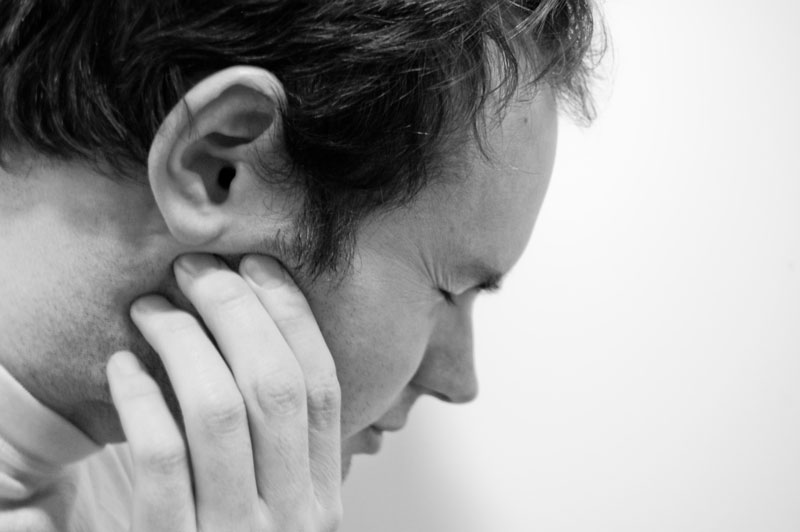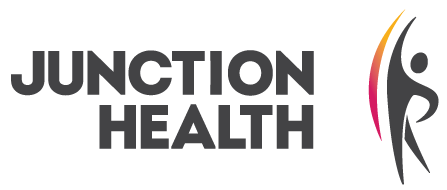
04 Aug Facial Pain and TMJ Relief with Japanese Acupuncture
By: Cynthia McGilvray R.Ac
Generally speaking, TMJ (Temporomandibular joint and muscle disorders) issues are a set of conditions that manifest as pain in the jaw joint and surrounding facial muscles that can lead to pain when eating, speaking, chewing, laughing and even breathing. In the Western sense, it is known that TMJ disorders may involve myofascial pain (most cases), structural damage such as dislocated jaw or condoyle injury, or arthritic changes impacting the TMJ joint.
When it comes to myofascial pain, this is often found in people who have pain at the front of the face where the start of Stomach channel lies. The pain is often caused by inflammation or heat in the Stomach channel that is indicated with pain on palpation of Stomach 41 at the ankle. The patient will often show other stomach signs such as fissures or cracks at the centre of the tongue or they may also complain of issues such as ulcers, weakened immune system, anxiety, sensitivity to gravitational or barometric shifts such as being in an airplane, weather changes and time zone shifts, motion sickness, stomach flu and certain problems with pregnancy.
Acupuncture treatment here involves regulating the Stomach Qi, often strengthening Stomach Yin and clearing any Stomach channel Heat. In terms of structural imbalance, Kiiko outlined how at the root of the matter there is often a sphenoid bone imbalance causing an improper alignment of the bone. The patient may have pain on palpation of the temporal area, inguinal ligament or below the navel. They may also have other sphenoid bone imbalance issues such as ear problems, headaches, dental problems, or sleep problems such as sleep apnea. A sphenoid bone imbalance may affect the pituitary gland that lies in the centre of the bone causing hormonal imbalance. Acupuncture treatment here involves supporting proper alignment the bone and secondarily rebalancing the pituitary gland.
Finally, issues with the bone itself such as arthritis fall into the category of Kidney Essence Deficiency. This pattern is most often seen in older adults or those with a constitutional weakness. Symptoms may show up as insomnia, slow wound healing, skin rashes such as eczema, insomnia, inguinal ligament pain and temporal headaches. Treatment in this case involves supporting proper bone alignment as well as strengthening the Kidney Essence.
A few self-care tips:
1. Using moist heat such as a hot water bottle or hot pack is helpful to some.
2. Soft foods and blending foods in a blender can give the jaw a chance to rest and heal.
3. Relaxation and stress reduction techniques such as guided relaxation such as that found at the end of yoga classes and breathing meditations to calm the mind.
4. Sleeping on your side with a pillow between the shoulders and neck.
If you have any questions, please feel free to contact me at cynthiam@junctionhealth.ca
References:
1. Matsumoto, Kiiko. (2014). Kiiko Matsumoto’s Clinical Strategies: In the Spirit of Master Nagano, Vol. 1 (6 th ed.). Hanover, MA: J&R Graphics.
2. (2016). Retrieved June 20, 2016, from https://bconroytc.wikispaces.com/Facial Pain (e.g. muscular, TMJ) – Kiiko Matsumoto Japanese Style



Sorry, the comment form is closed at this time.